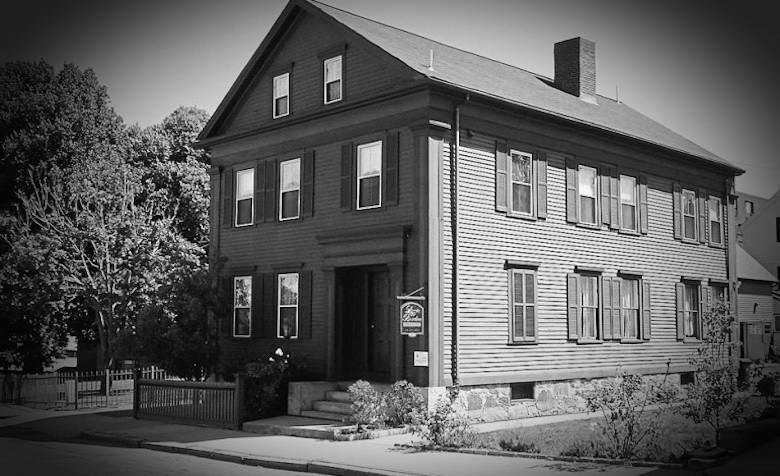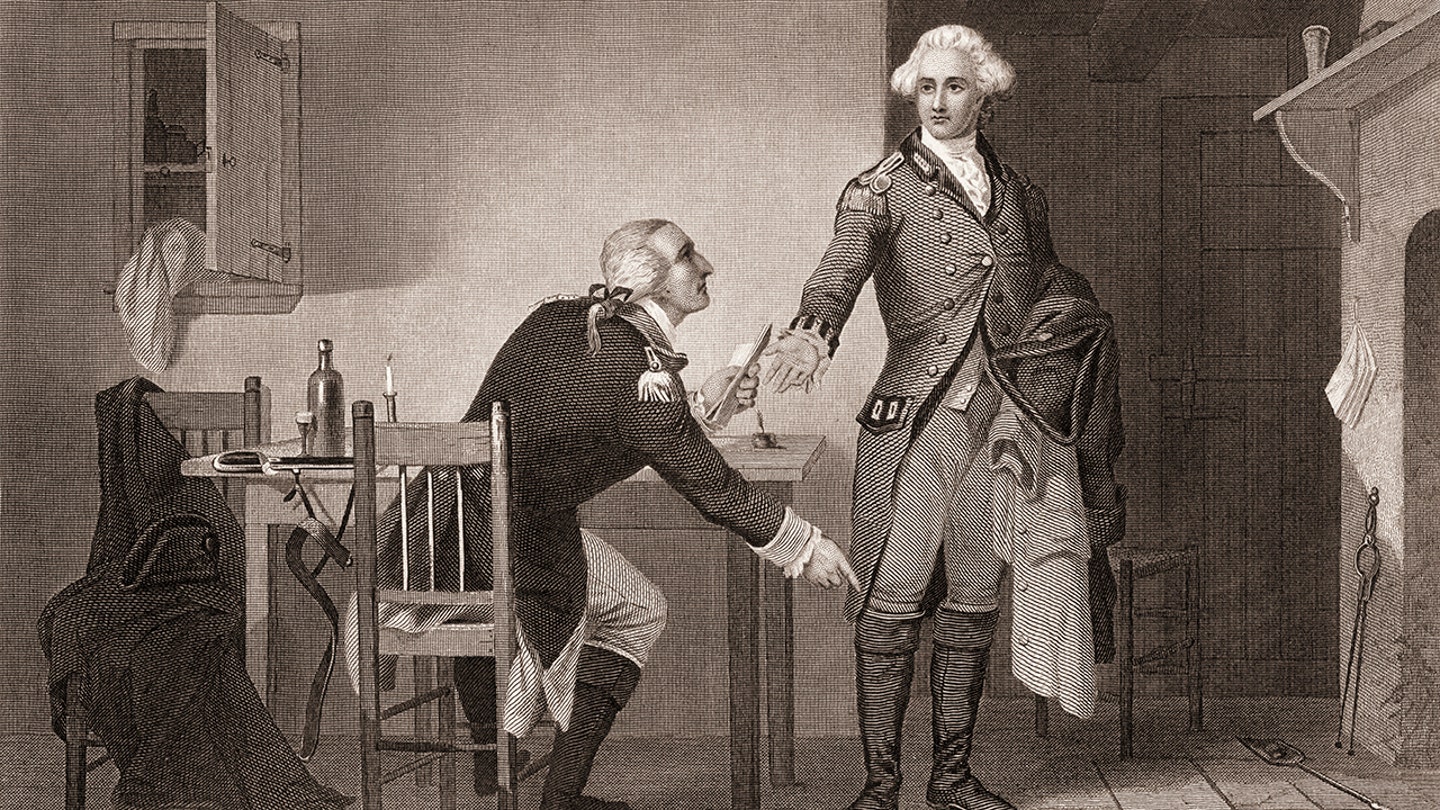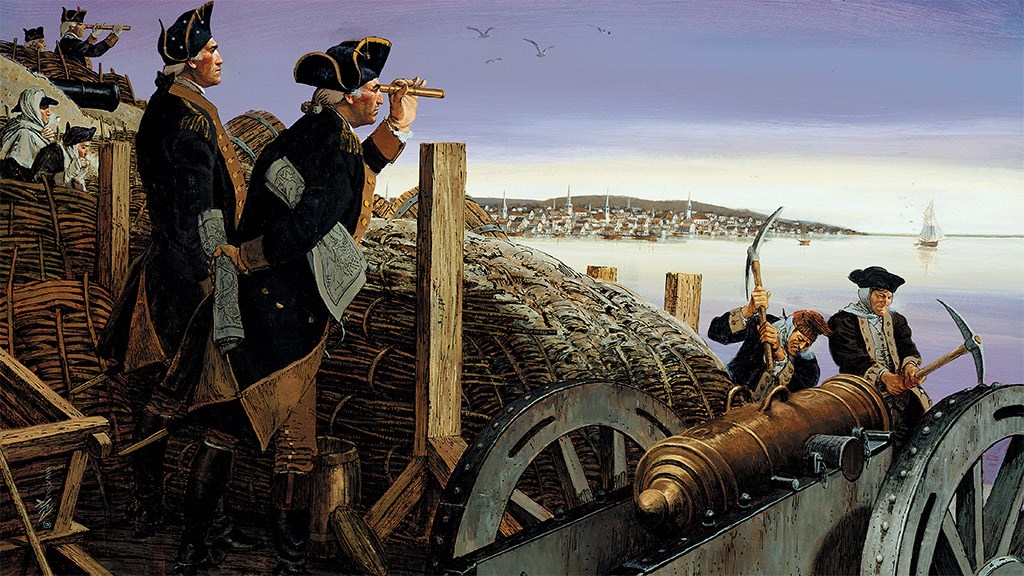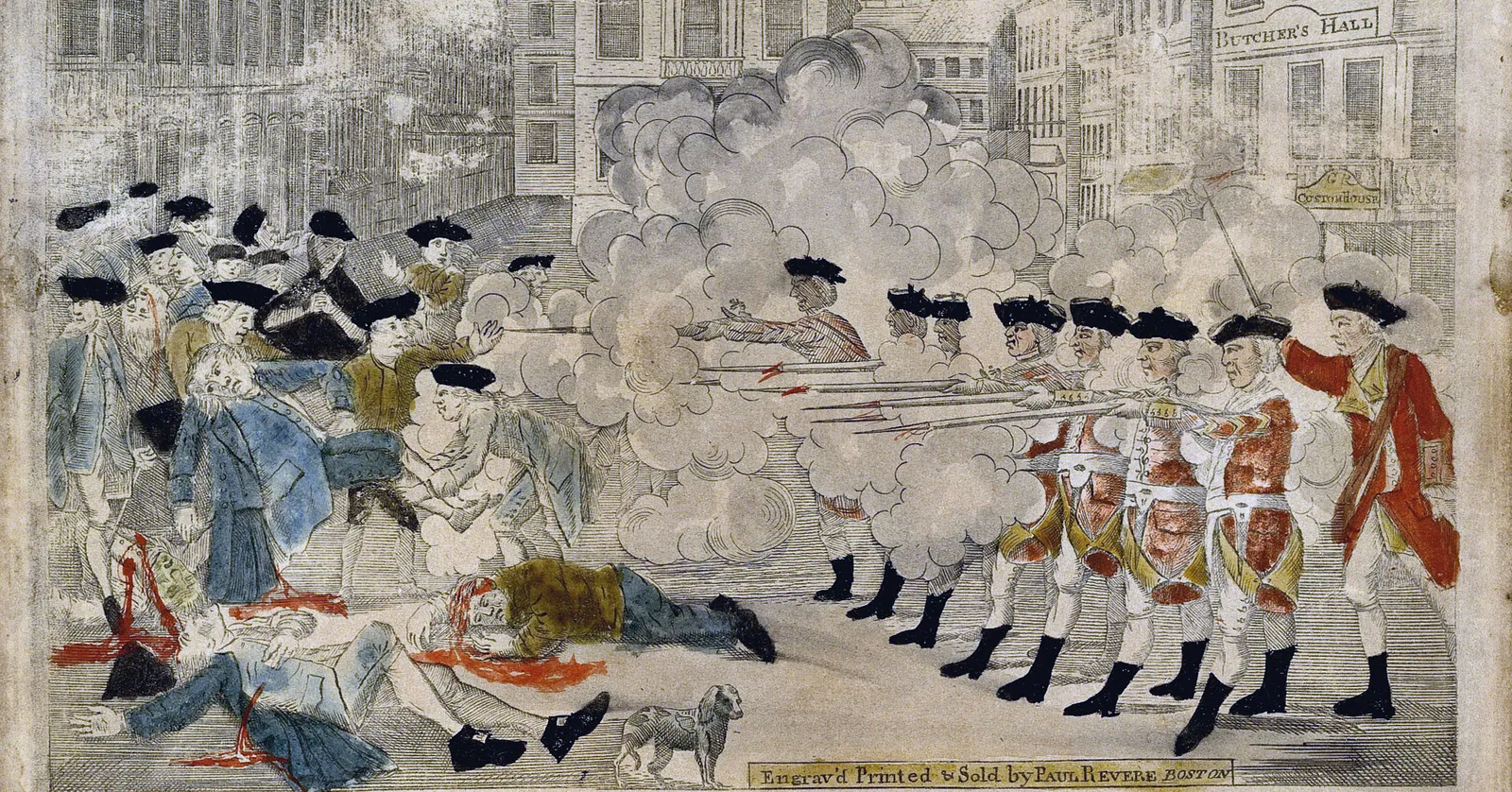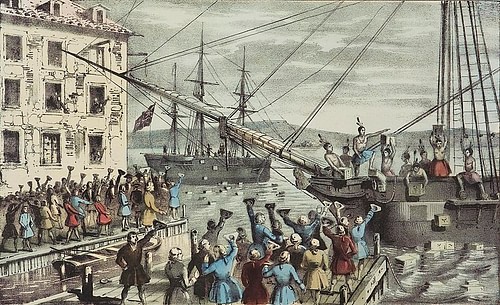In Fall River, Massachusetts, on August 4th, 1892, around 11:10 am. Lizzie Borden heard a strange noise from her house and rushed inside. She ran into the living room to find a horrible sight. She saw her father, Andrew Borden, dead on the sofa with a disfigured face with blood pouring out the side of his head. His eye was split cleanly in two, suggesting he was asleep while he was attacked, and his nose wasn’t there. He was still bleeding, which meant the attack was recent. He had 10-11 whacks in him from a hatchet like weapon.

The maid heard from her quarters in the attic from Lizzie “Come down quick! Father’s dead! Somebody’s come in and killed him!” Despite this call for help, Lizzie refused the maid, Bridget Sullivan, access to the room, thinking it too painful for her to see her father dead. Bridgette soon came back with a neighbour.
They didn’t know where the stepmother was, Abby Durfee Gray. The last they heard of her was the maid saying that she went out with friends. Lizzie said “Oh Maggie (a nickname for Bridget)! I am almost sure I heard her come in. Check upstairs and see if she is there!” The neighbour and Bridgette soon moved upstairs and saw Lizzie’s stepmother, dead. Abby Durfee Gray had 18-19 strokes with the hatchet and was face down in the bedroom.

It is believed to be the hatchet that killed them was the same one that killed Lizzie’s pigeons a few months prior. There was nothing stolen, nor was there any sign of a break in. The timing of the murders is very peculiar. According to forensics teams, Abby was murdered at around at around 9:00 and Andrew was murdered around 11:00, since Abby’s blood was dry and, Andrew’s was fresh and wet. The maid stated that Lizzie was wearing “an unstained blue dress.” Lizzie was tried for the murder but acquitted of all charges. The strange thing is is that in such a small 3 storey house, nothing was heard by anyone until by Lizzie at 11:10
Suspect #1: Lizzie Borden – Daughter of Andrew Borden and Step-Daughter of Abby Durfee Grey

The primary suspect is Lizzie Borden. She claimed she was in the barn looking for lead sinkers. After the murder, there was a large sum of money given to her, approximately $10 million in modern times. Her answers at the trial contradicted each other such as the fact that she said she put on her father’s slippers before his nap but according to crime scene photos he was wearing boots. A friend of Lizzie’s, Alice, saw her burning a red dress saying that “there was paint on it.” This was not the same dress Bridget described. A local pharmacist claimed she was trying to buy potassium cyanide the day before the murders. This was dismissed in the trial due to the fact that there was just some bad food in the victims on the autopsy report and nothing more. During the trial, the victim’s skulls were admitted as evidence and Lizzie fainted when she saw them. After a year of planning and prepping for the trial, the police only had circumstantial evidence so couldn’t convict her. 90 minutes and she was off scot free. This theory is so popular that there is a rhyme to go with the murders.
Lizzie Borden took an axe, And gave her mother forty whacks.
When she saw what she had done, She gave her father forty-one.
Rhyme sung about the murders
After her mother died, Lizzie apparently latched onto her father as the centre of her life, becoming a bit of a daddy’s girl before he remarried, an event she felt betrayed by. She often took to petulantly calling Abby “Mrs Borden” and would often leave early at meal times. Mending the relationship with his daughter was clearly irrelevant to Andrew, as he was incredibly strict with Lizzie. Some writers have interpreted the relationship in various ways, extending to him being abusive, and perhaps even sexually abusive, with Elizabeth Engstrom taking a very Freudian approach, with Lizzie filling the sexual desire in Andrew after the death of her mother.
Some have viewed the Borden murders as a feminist liberation from an oppressive patriarchy. Some others have interpereted her as cold, calculating and even insufferable, far from a feminist icon she is sometimes portrayed to be. However, Rafia Zakaria of The Guardian drew comparisons between the relationship with Lizzie and Andrew Borden to the relationship between Ivanka and Donald Trump, who has often been very open about sexualising his eldest daughter, calling her “voluptuous”, a “great piece of ass” and saying that if she wasn’t his daughter, he’d marry her.
The real Lizzie would likely not have recognised herself in many of the books about her, and she certainly never admitted to having committed the murders. It is too bad that recent takes on her story have veered towards the lurid, for there is plenty of contemporary relevance to be found in the feminist appraisals of the story. The same Americans who may choose to pick up a book about her, or even venture to the house on Second Street for a tour, might perceive similar paradigms being played out in the White House, where, with her own office in the West Wing, a daughter plays a similar part to the hilt, with only minor variants from the Victorian script of gentle cajoling and subordination. All while glibly sidelining a stepmother.
Rafia Zakaria “The Lizzie Borden murder industry won’t die – but its feminism has”
Suspect #2: Bridget Sullivan – Maid to the Borden Family

Abby was very strict and sometimes described as mean to Sullivan. She was cleaning the outside of the house and the went to bed when she was awoken by Lizzie’s screams. Where she was sleeping was above where Abby was murdered. Experiments conducted on the house prove that you would be able to hear a thud from a floor below, a sound even more likely to be heard due to the fact that she said she was only half asleep.
Suspect #3 – John Vinnicum Morse – Uncle of Lizzie Borden, Brother of Lizzie Borden’s mother

The theory of Morse being behind the murders was thought of by maths teacher Richard Little who wrote a book on the case called “Cold Case to Case Closed. Lizbeth Borden. ~My Story~” John was not seen from 9:00 until noon. His alibi is that he was down the road visiting a sick relative with the town doctor. However, that very same doctor was looking at the bodies at the time. Morse was sleeping in the room that Abby was found in. Also, Morse may have known about the will. We can tell from the following transcript from Lizzie:
Q: Did you know of your father making a will?
A: No sir, except I heard somebody say once there was one several years ago. That is all I ever heard.
Q: Who did you hear say so?
A: I think it was Mr Morse.
Q: What Morse?
A: Uncle John V Morse
Transcript from the trial
Little also states there was a failing livestock business run by Mr Morse. He also said that he killed the Borden’s with a meat clever, since he was a butcher.
Suspect #4 – Were Lizzie Borden and Bridget Sullivan Lesbian Lovers?
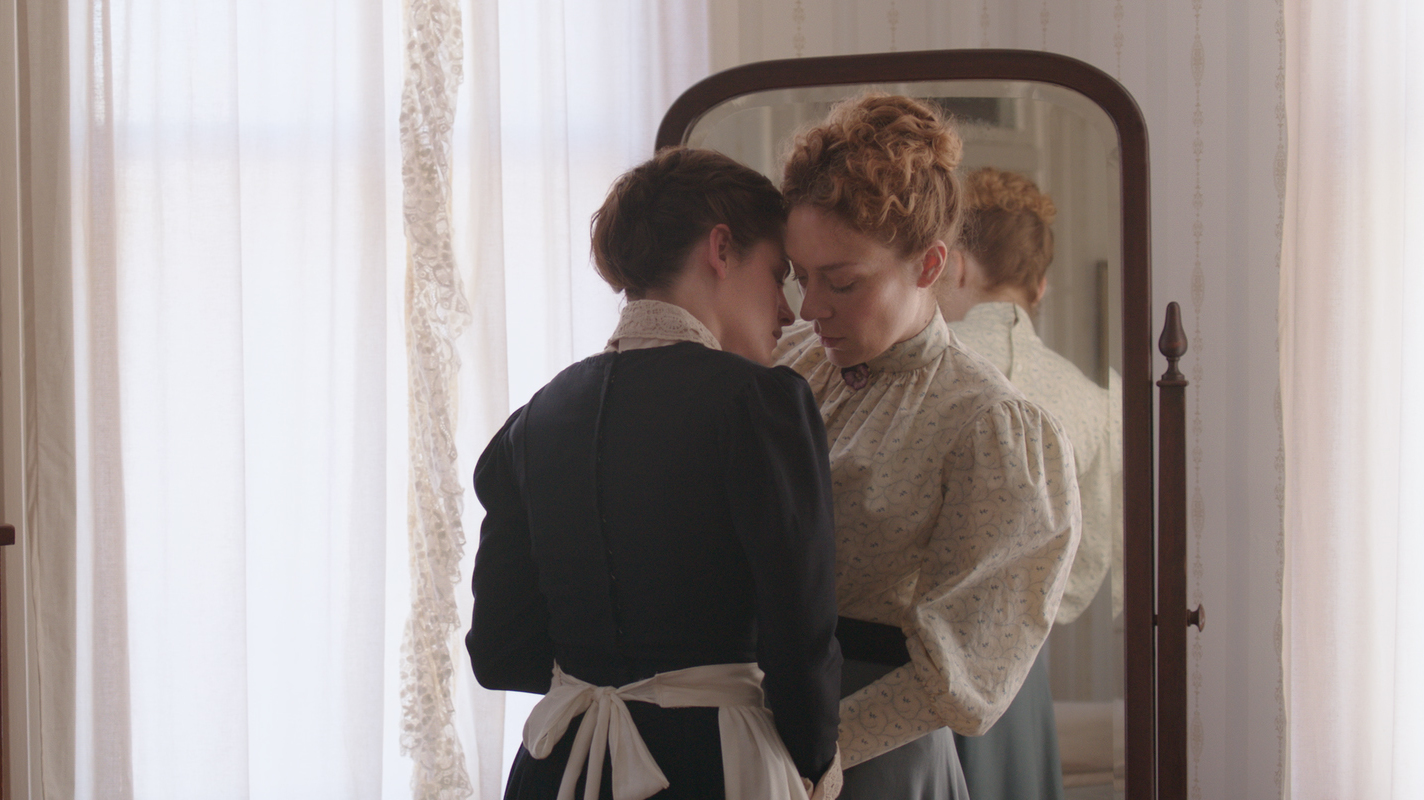
The fourth theory is 2 people at once. That is Lizzie and Bridget. Many a fan fiction claim that they had a romantic relationship and Abby discovered it. The back up for this theory is that Lizzie confessed she had a crush on a female actor later in life. However, this theory was adapted into the 2018 film “Lizzie” starring Kristen Stewart and Chloe Sevigny as Sullivan and Borden respectively, pushing the theory into the mainstream.
Ultimately, we will never know what happened that fateful day in Fall River. The Borden Murders remain unsolved to this day, but have become a defining staple of the Pre-War America.
